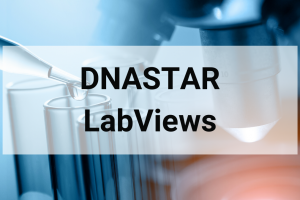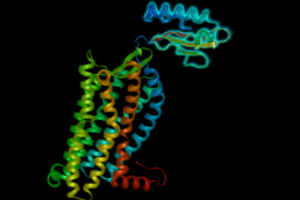 We chatted with Dr. Petar Grozdanov, Senior Research Associate in the Department of Cell Biology and Biochemistry at Texas Tech University Health Sciences Center about his experience with DNASTAR software.
We chatted with Dr. Petar Grozdanov, Senior Research Associate in the Department of Cell Biology and Biochemistry at Texas Tech University Health Sciences Center about his experience with DNASTAR software.
Tell us about your work! What are your research goals?
Currently, I am working on identifying the molecular mechanisms causing male infertility in Cstf2t knockout animals. The Cstf2t gene encodes τCstF-64 that is a testis-expressed paralog of CstF-64. CstF-64 is a polyadenylation protein that stimulates the cleavage of nascent mRNAs and the subsequent polyadenylation of the upstream cleavage product. τCstF-64 participates in the cleavage and polyadenylation of the mRNAs during spermatogenesis, while CstF-64 expression is meiotically inactivated.
What kinds of data are you working with?
In our laboratory, we use several high-throughput sequencing techniques: RNA-seq, A-seq, and CLIP-seq.
What are some data analysis challenges you face?
The biggest challenge working with next-generation sequencing data is processing the large quantity of data in a reasonable time. However, huge progress in this regard has been made in the past several years. Another challenge is the integration of the various data sets in a meaningful biologically relevant model.
How has DNASTAR software helped you?
DNASTAR offers a user-friendly interface, relative short time of data processing for RNA-seq data sets using SeqMan NGen and ArrayStar, and customizable gene list searches.
What does DNASTAR software do best, in your opinion?
I have been using DNASTAR software packages since the beginning of my scientific carrier. Definitely, the best part of the DNASTAR applications is how user-friendly they are.
Can you speak to DNASTAR’s support for you and your work?
DNASTAR support team is always available with specific answers to all of my questions.




Leave a Reply
Your email is safe with us.